Edmund appeared on the English stage in plays and in films, eventually doing more and more on Broadway and in Hollywood. For example, he played the amiable counterfeiter in "Laburnum Grove" in 1933 - later to become the film Laburnum Grove (1936) in which he would star - and then with the entire British company, brought it to New York. He was also a huge success in "The Wookey" in 1942, playing a Cockney tugboat captain. That same year, he appeared as "Chebutykin" in Anton Chekhov's "The Three Sisters", with Katharine Cornell, Ruth Gordon and Judith Anderson. In such illustrious company, Gwenn was hailed by critics as "magnificent" and "superlatively good".
In 1935, RKO summoned him to Hollywood to portray Katharine Hepburn's father in Sylvia Scarlett (1935). From then on, he was much in demand, appearing in Anthony Adverse (1936), All American Chump (1936), Parnell (1937), and A Yank at Oxford (1938). In 1940, he was the delightful "Mr. Bennet" in Pride and Prejudice (1940), then made a 180-degree turn by playing a folksy assassin in Alfred Hitchcock's Foreign Correspondent (1940). The year 1941 brought Cheers for Miss Bishop (1941), One Night in Lisbon (1941), The Devil and Miss Jones (1941) and Scotland Yard (1941). Then came Charley's Aunt (1941), in which he romanced Jack Benny, masquerading as a woman. Other important films included A Yank at Eton (1942), The Meanest Man in the World (1943), The Keys of the Kingdom (1944) and Between Two Worlds (1944).
In 1945, he played villain "Albert Richard Kingby" in Dangerous Partners (1945). There is a peculiar scene in this film, which makes one wonder what director Edward L. Cahn was thinking. James Craig and Signe Hasso, the hero and heroine, are being held by the villainous Gwenn in a room, when Gwenn comes in to interrogate them. In the midst of this, the 33-year-old, 6'2" Craig punches the 68-year-old, 5'5" Gwenn in the belly and then forces the doubled-over Gwenn to release them. Admittedly, Craig and Hasso must escape, and Gwenn's character is pretty evil, but knocking the wind out of the old man makes Craig seem like a bully and far less sympathetic.
After "Dangerous Partners", Gwenn was in Bewitched (1945), She Went to the Races (1945), Of Human Bondage (1946), Undercurrent (1946), Life with Father (1947), Green Dolphin Street (1947) and Apartment for Peggy (1948). In Thunder in the Valley (1947), he played one of his most unlikable characters, a father who beats his son, smashes his violin and shoots his dog.
Then in 1947, he struck it rich. Twentieth Century-Fox was planning Miracle on 34th Street (1947). It had offered the role of "Kris Kringle" to Gwenn's cousin, the well-known character actor Cecil Kellaway, but he had turned it down with the observation that "Americans don't like whimsy". Fox then offered it to Gwenn, who pounced on it. His performance was to earn him an Academy Award as Best Supporting Actor (at age 71) and, because it is rerun every Christmas season, he would become for many their all-time favorite screen Santa. Accepting the award, Gwenn said, "Now I know there is a Santa Claus". He beat out some stiff competition: Charles Bickford (The Farmer's Daughter (1947)), Thomas Gomez (Ride the Pink Horse (1947)), Robert Ryan (Crossfire (1947)) and Richard Widmark (Kiss of Death (1947)). As soon as he got the part, Gwenn went to work turning himself into Santa Claus. Though rotund, Gwenn didn't feel he was rotund enough to look like the jolly old elf most people expected after having read Clement Moore's "The Night before Christmas", in which Santa "had a broad face and a little round belly / That shook when he laughed like a bowlful of jelly." He could of course wear padding, but he resisted that as too artificial. So he put on almost 30 pounds for the role, a fair amount for a man of his short stature, and added nearly five inches to his waistline. The problem was that after the film was finished, Gwenn found it hard to lose the extra weight. "I've been stocky all my adult life," he said, "but now I must accept the fact that I'm fat." As was his nature, he didn't get upset, and instead was able to laugh about it. Six years later, when playing an elderly professor in The Student Prince (1954), he had a scene in which he entered the Prince's chamber, struggling with the buttons of a ceremonial uniform. The line he was given was, "I'm too old to wear a uniform," but Gwenn suggested a change which stayed in the finished film, "I'm too old and fat to wear a uniform."
Gwenn had lost his hair early on, and had no more concern about it than he did about his portliness. In a fair number of films, such as Pride and Prejudice (1940), he appears bald, but he also played many roles with a toupee if he felt that worked better for the character. He would select a hairpiece that helped achieve the look he was after for the role. As regards the rest of his appearance, Gwenn is commonly listed as 5'6" tall, which may have been accurate when he was a younger man, but by the time he was a Hollywood regular he appears to be at least two inches shorter. Plagued by weak eyesight since his youth, Gwenn wore a pince-nez for a while, and then glasses, off-screen and sometimes on. Though he enjoyed fine clothes, he does not seem to have been in the least bit vain about any physical shortcomings he may have had. He looked a bit like a benign clergyman, perhaps of the Anglican faith, an image enhanced by his soft, almost soothing voice. He once said he was "always short and stocky, and not a particularly handsome thing. I could never play romantic leads." After "Miracle on 34th Street," however, Gwenn was a star and constantly in demand, especially when the role called for a kindly eccentric.
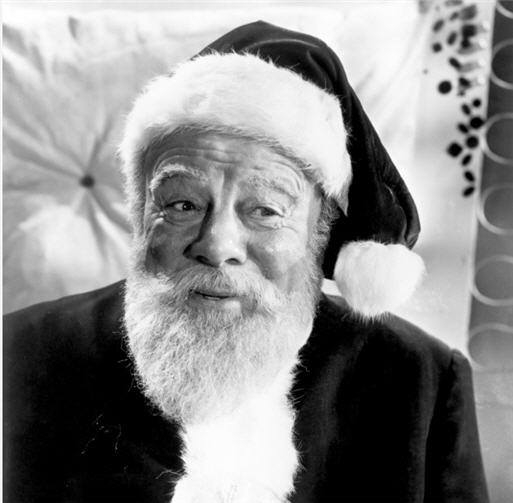
 Amanda S. Stevenson
Amanda S. Stevenson 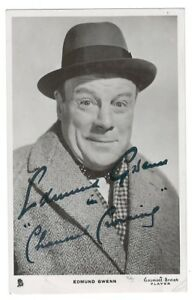
 Amanda S. Stevenson
Amanda S. Stevenson 
 Amanda S. Stevenson
Amanda S. Stevenson 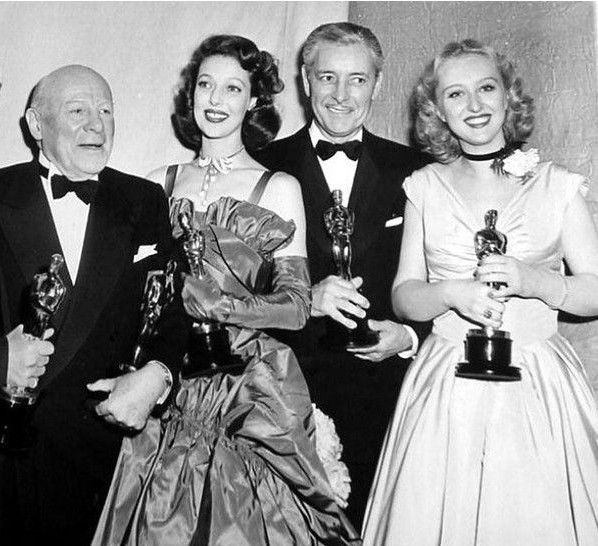
 Amanda S. Stevenson
Amanda S. Stevenson 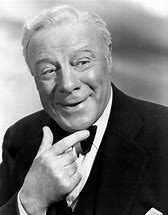
 Amanda S. Stevenson
Amanda S. Stevenson 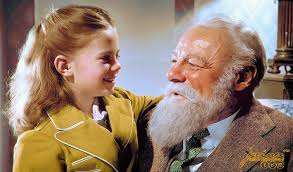
 Amanda S. Stevenson
Amanda S. Stevenson 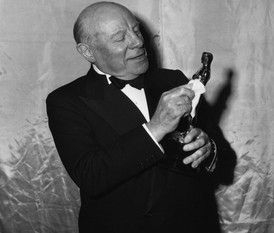
 Amanda S. Stevenson
Amanda S. Stevenson 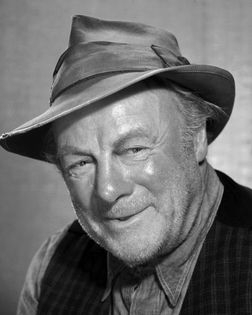
 Amanda S. Stevenson
Amanda S. Stevenson 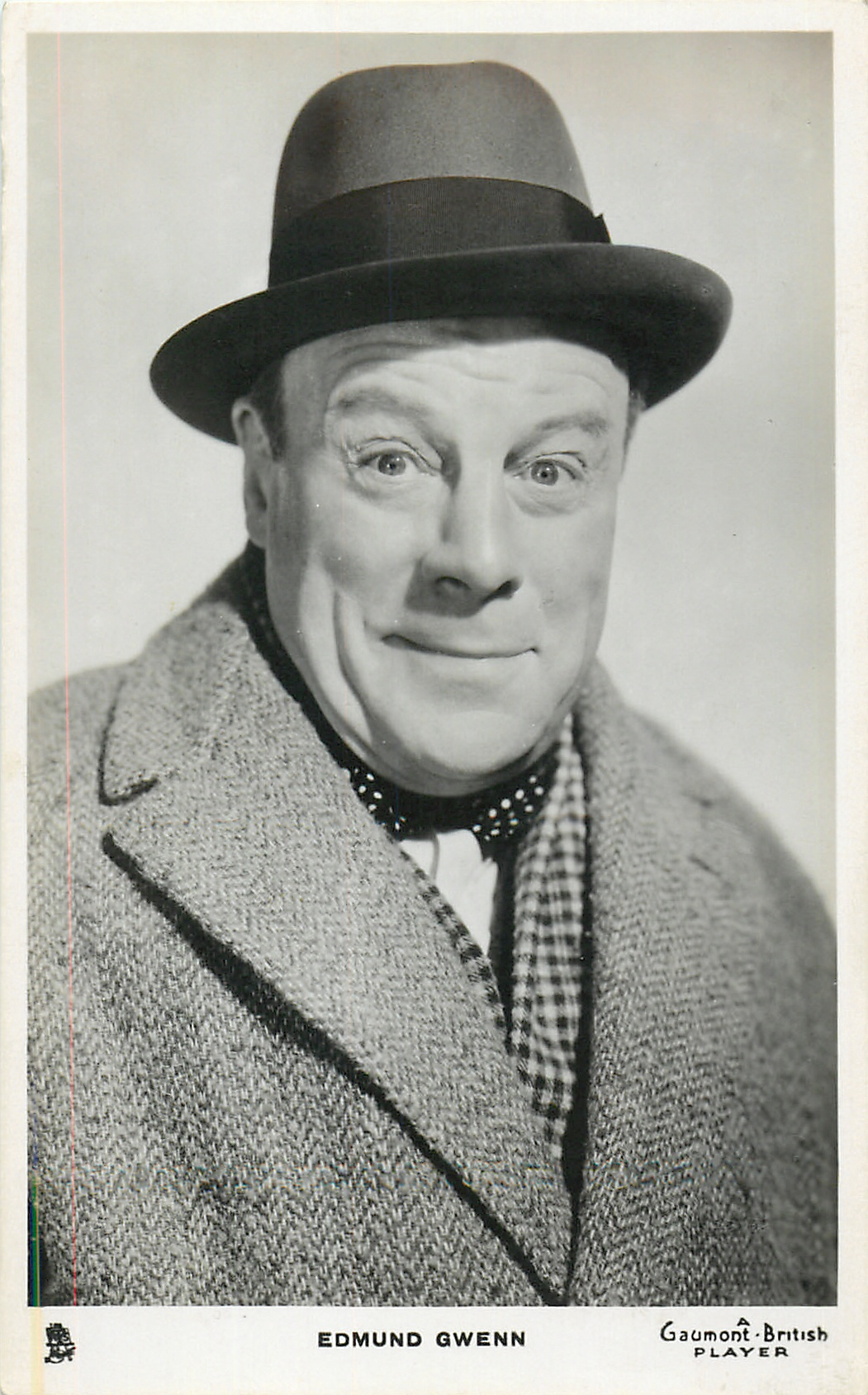
 Amanda S. Stevenson
Amanda S. Stevenson 